CES 2024, held at the beginning of the year, showcased groundbreaking new features in the next generation of the best robotic vacuum cleaners The category has gradually matured over the past two decades, but its features have rarely broken new ground 2-in-1 models with improved suction and the ability to also be a robot mop are great on paper but lack power
The Self-Empty and Cleaning Base Station are arguably the latest and greatest additions to the robot vacuuming experience Left alone for weeks, they prove just how useful a robotic vacuum cleaner can be However, it still adds new chores, such as cleaning garbage bags and replacing the water tank on a 2-in-1 robot vacuum cleaner
That's all about to change with the evolution of AI, which adjusts cleaning capabilities based on dirt levels, and innovative design changes Find out how these upgrades will save you time, improve cleaning performance, and set new industry standards for the future
Artificial intelligence improves the capabilities of robotic vacuum cleaners by allowing them to be more contextually aware of disruptions in their environment For example, a robotic vacuum cleaner can sense dirt and adjust its mopping power to use real elbow grease for thicker substances such as sauces Over time, deeper learning algorithms will be able to predict where more thorough cleaning is needed and scrub harder
This is best illustrated by the new Bespoke Jet Bot Combo AI+ unveiled by Samsung at CES 2024 In addition to AI-powered smart mapping and obstacle avoidance, this model looks for dirt When it finds dirt, it returns to the dock and heats the mop pad with hot enough water to generate steam It then applies pressure at 170 RPM RPM to scrub the problem area off the ground
The AI not only automatically selects the best cleaning settings, but also helps the robot vacuum “see” more This AI and sophisticated object recognition using a variety of sensors allows the robotic vacuum cleaner to identify and avoid obstacles such as cables, socks, toys, pet dander, etc, and clean without further clutter With this higher level of understanding and on-the-fly adjustments, you can go about your day knowing that the job will be done right, without any effort on your part
Self-emptying dustbin stations are relatively standard, but hybrid robot vacuums face a challenge: their 2-in-1 design forces them to accommodate wet mopping, which requires cleaning after the job is done Even Roomba's flagship J9+ combo requires the pads to be replaced by hand after the job is done Companies with cutting-edge features, such as RoboLock, have added automatic mop pad cleaning and drying capabilities to their base stations
Newer 2-in-1 robot vacuums have a plumbing connection kit built into the design to connect directly to the water line This eliminates the need to refill and monitor the clean water tank Additionally, with a drainage system, there is no need to collect dirty water The vacuum cleaner's trash bag only needs to be removed when it is full, and this will allow the vacuum cleaner and mop to be completely self-sufficient for several months
The robotic vacuum cleaner can diagnose problems and monitor the health of its components It will receive notifications when it is time to replace individual parts, such as roller brushes, and can walk through the process This reduces the time spent troubleshooting and ensures that the vacuum cleaner is always functioning at peak performance

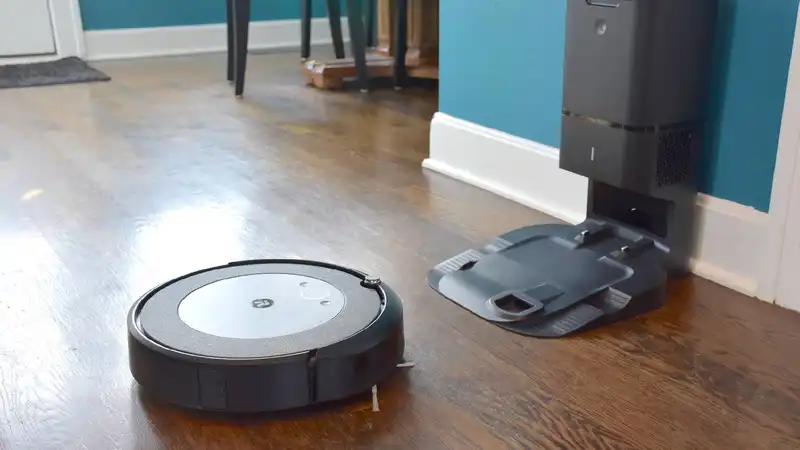



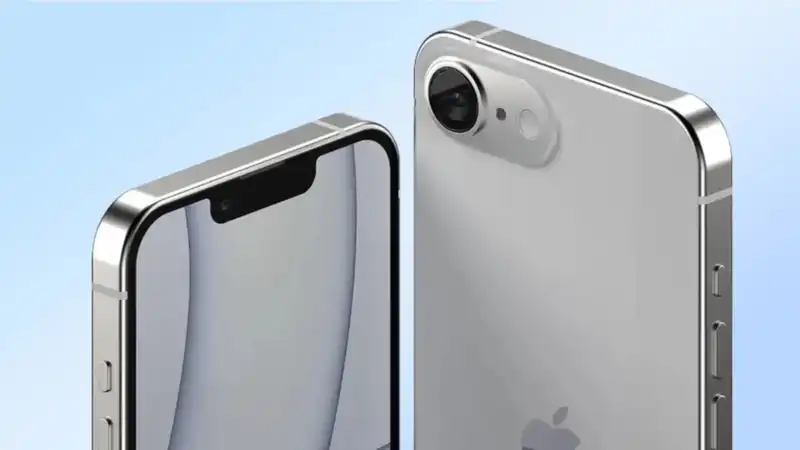

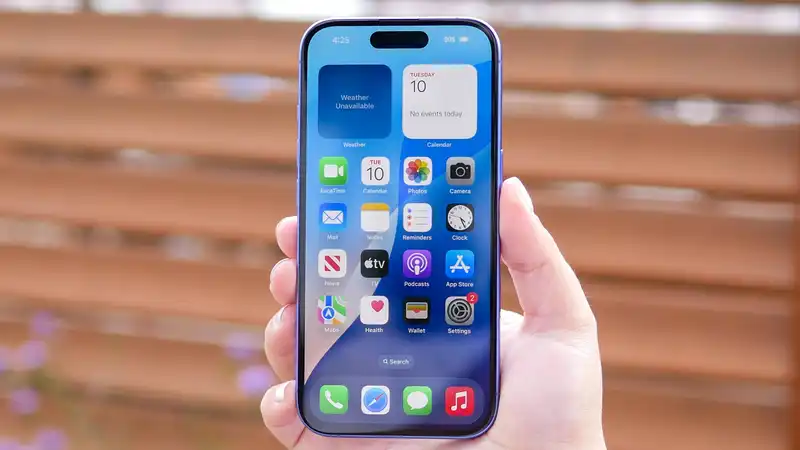
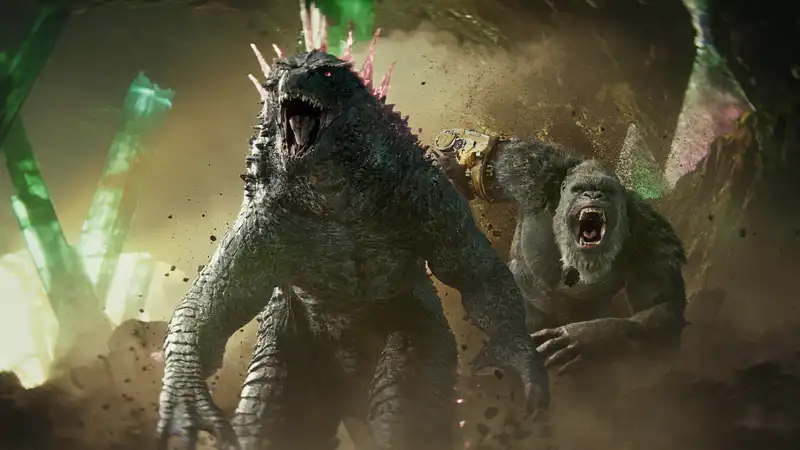
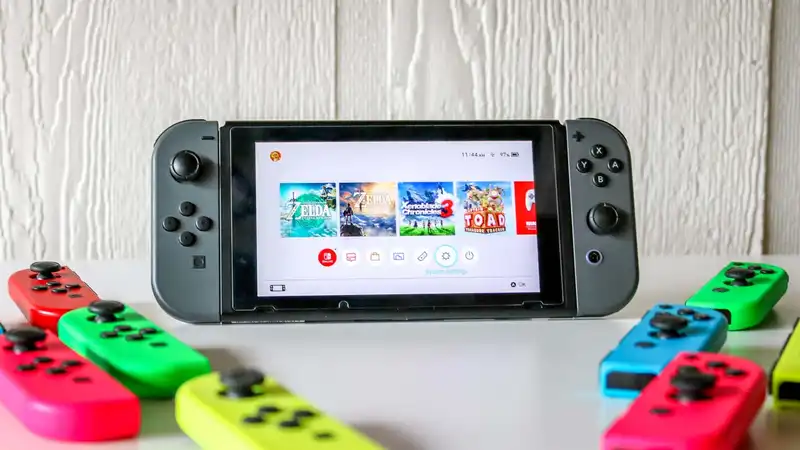
Comments